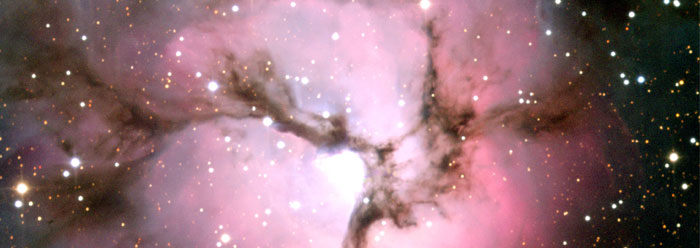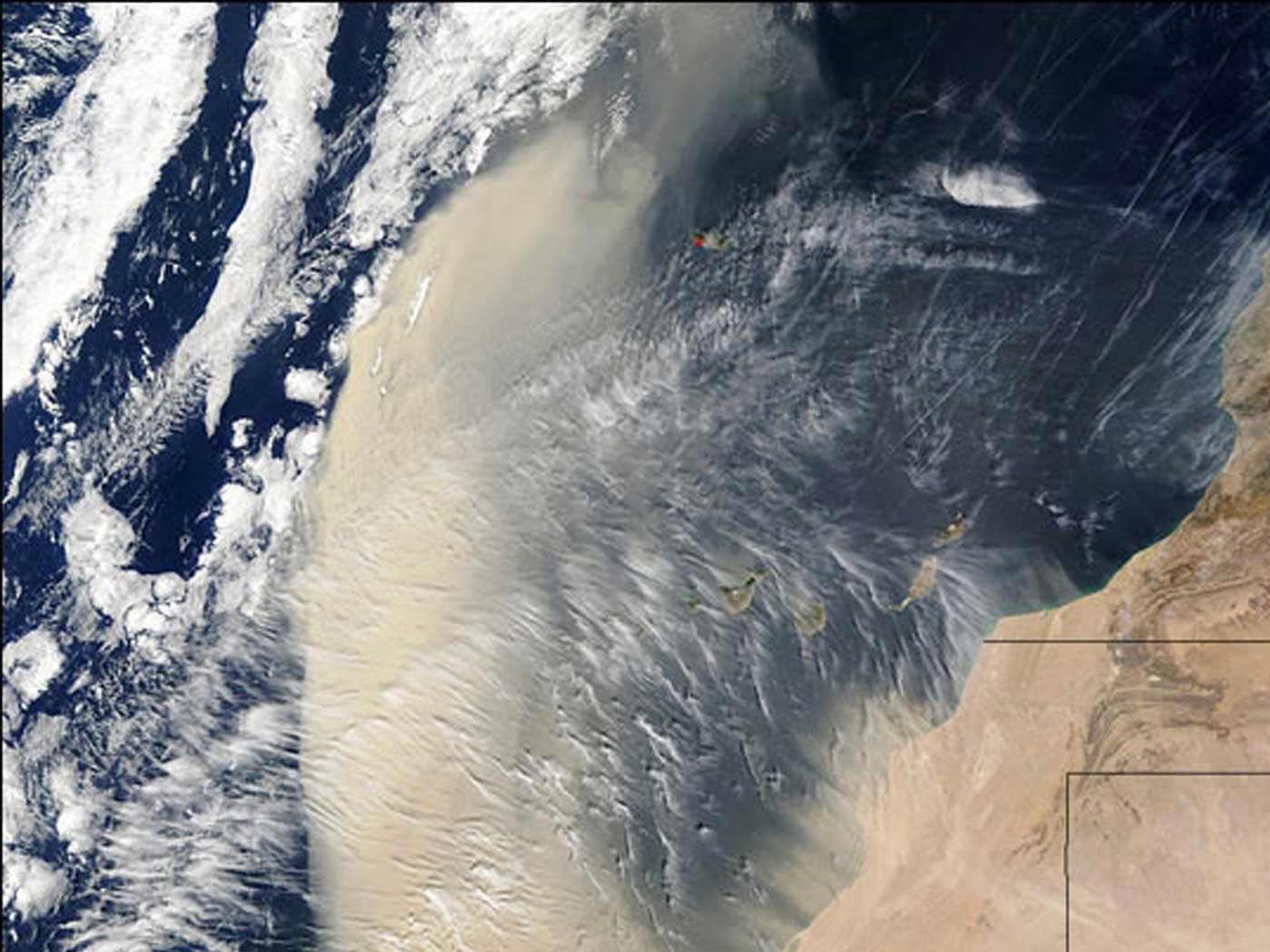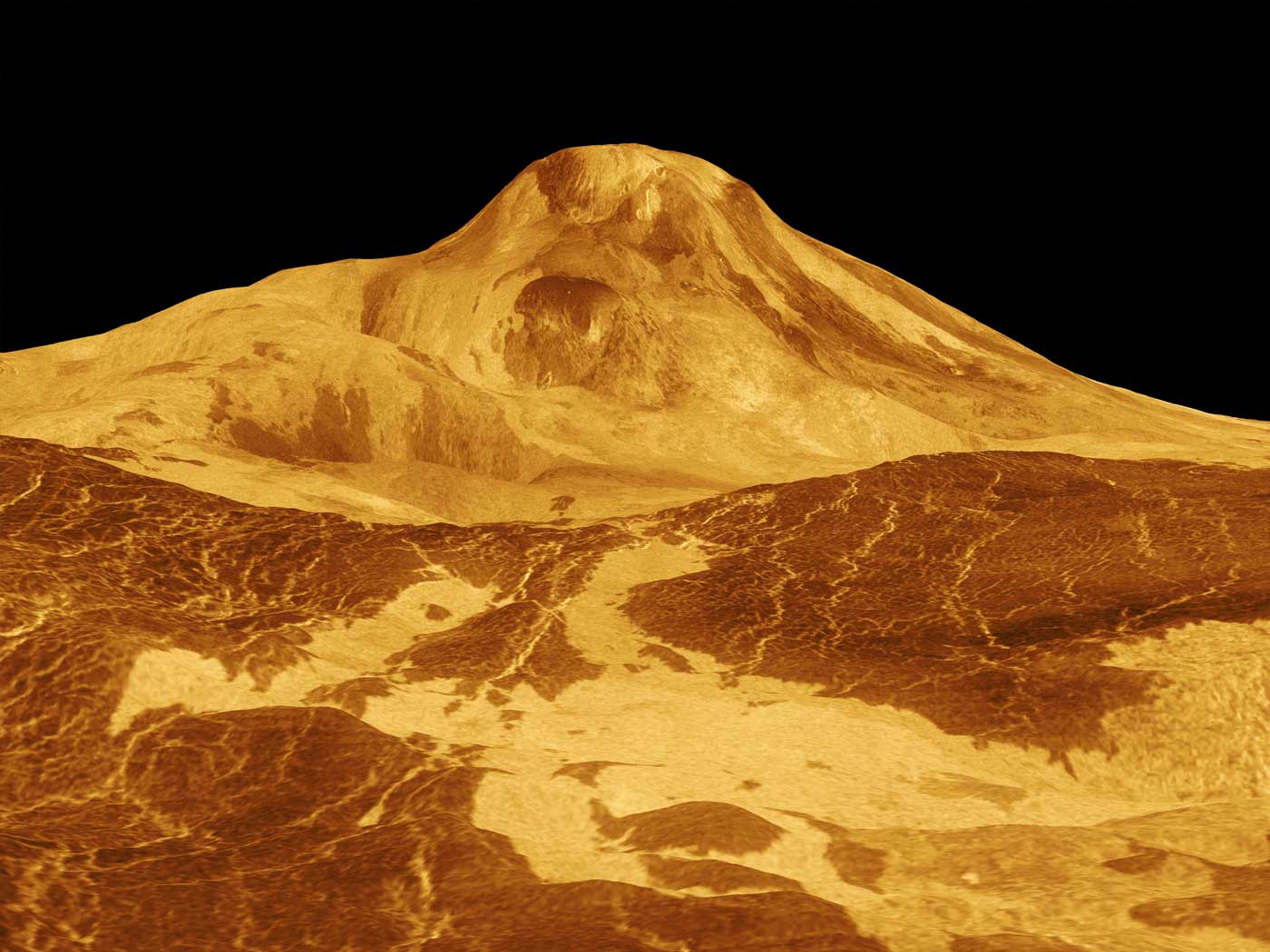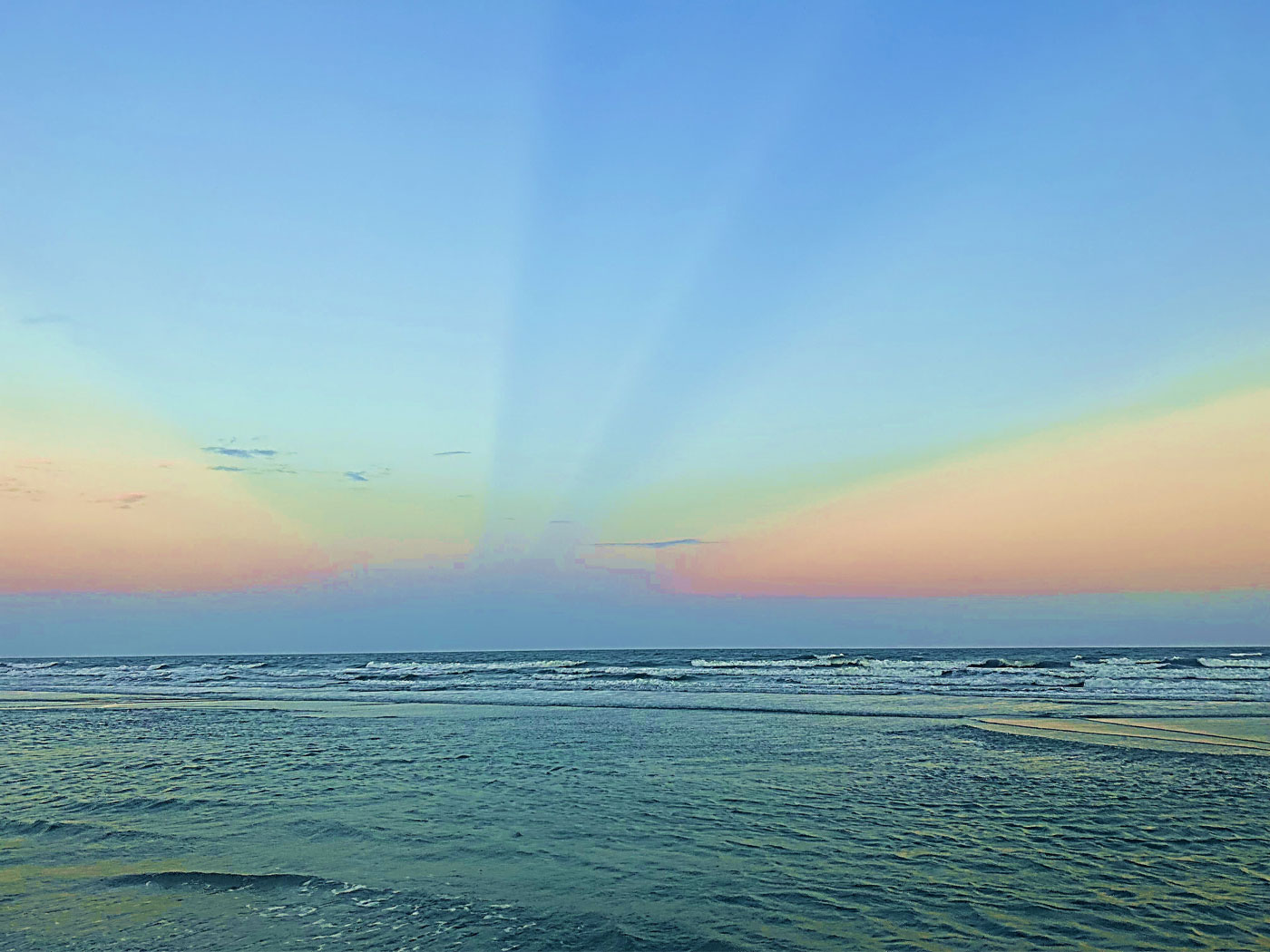The ancients used to observe what they called “wandering stars,” which are today known as planets. Naturalists insist that planets were not created by God, but were instead born from natural processes like gravity and collisions. So, they invented the longstanding, but long-troubled, “nebular hypothesis,” which suggests the solar system was once a spinning, disc-shaped cloud with dust particles that somehow collapsed inward to form the sun, planets, and moons.
If this were true, then the various planets should reflect nearly the same concentrations of various elements contained in the original dust cloud. Instead, each planet has its own special makeup. The nebular hypothesis would also predict that all the planets orbit the sun in the same direction, but this is also not the case. Neptune’s moon Triton and about half of the comets have a retrograde orbit, while Venus has a retrograde axial rotation.
Now, newly discovered gas planets far beyond earth’s solar system present the same challenge to the nebular hypothesis. At the April meeting of the Royal Astronomical Society in Glasgow, Andrew Cameron, an astronomer at the University of St. Andrews, described recently discovered extrasolar planets that orbit backward. The Los Angeles Times reported, “That finding is inconsistent with the view that planets are formed by the condensation of dust from a disk surrounding a newly formed star.”1
Cameron and his colleagues also found planets with “highly tilted orbits.”1 These also fail to follow from the nebular hypothesis, which would predict that all planets would orbit at the same angle as the cloud disk that formed them. The LA Times quoted Amaury Tiraud, a co-author of the report, as saying, “This is a real bomb we are dropping into the field of exoplanets.”1
But since the nebular hypothesis has totally failed to explain earth’s nearest planets, why should anyone expect it to fare any better with extrasolar planets?2
Scientists who are constrained to random, natural forces as the cause for observed phenomena must seek other explanations for these odd orbits. Alan Boss of the Carnegie Institute for Science emailed the LA Times, stating that instead of a collapsing dust cloud, retrograde exoplanets could have been set in motion “through the much more dramatic and exciting process of gravitational billiards,”1 or collisions in space. This is by no means the first time that collisions have been invoked to explain the fine-tuned motions that characterize the skies, and they have their own set of obstacles with which to contend.3
If planets look like they were placed in certain orbits on purpose, perhaps they actually were. How much more faith is required to believe that “billiards” is a better explanation for fine-tuned cosmological features than an actual Person who did the tuning?
References
- Maugh II, T. H. Distant planets’ orbits rattle theories. Los Angeles Times. Posted on latimes.com April 14, 2010, accessed April 14, 2010.
- Coppedge, D. 2008. Nebulous Hypotheses. Acts & Facts. 37 (2): 15.
- Thomas, B. Planet’s Reverse Orbit a New Twist in Old Evolutionary Story. ICR News. Posted on icr.org September 18, 2009, accessed April 14, 2010.
Image credit: NASA/JPL-Caltech/J.R ho (SSC/Caltech)
* Mr. Thomas is Science Writer at the Institute for Creation Research.
Article posted on April 27, 2010.

























